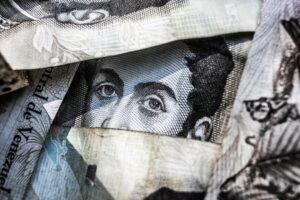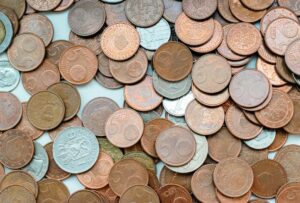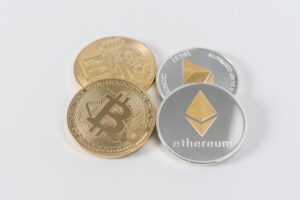Understanding the Factors that Affect the Dollar Rate in Pakistan Forex
The forex market is a complex and interconnected web of currencies, each influenced by a multitude of factors. In Pakistan, one of the most closely watched and traded currencies is the US dollar. The exchange rate between the Pakistani rupee and the US dollar can have a significant impact on the country’s economy and the lives of its citizens. In this article, we will explore the factors that affect the dollar rate in the Pakistan forex market.
1. Balance of Trade:
The balance of trade refers to the difference between a country’s exports and imports. When a country has a trade deficit, meaning it imports more than it exports, it puts pressure on its currency. In the case of Pakistan, which has been running a trade deficit for many years, the demand for dollars to pay for imports exceeds the supply of dollars from exports. This, in turn, leads to a depreciation of the Pakistani rupee against the US dollar.
2. Interest Rates:
Interest rates play a crucial role in determining the value of a currency. Higher interest rates attract foreign investors, as they can earn higher returns on their investments. This increased demand for the local currency strengthens its value. Conversely, lower interest rates make the currency less attractive to foreign investors, leading to a depreciation. The State Bank of Pakistan sets interest rates in the country, and any changes can have an impact on the dollar rate.
3. Inflation:
Inflation refers to the increase in the general price level of goods and services in an economy. High inflation erodes the purchasing power of a currency, making it less valuable. In Pakistan, inflation has been a persistent challenge, and it can have a negative impact on the dollar rate. Higher inflation rates can lead to a depreciation of the Pakistani rupee against the US dollar.
4. Political Stability:
Political stability is another crucial factor that affects the dollar rate in Pakistan’s forex market. Uncertainty and political turmoil can create a lack of confidence among foreign investors, leading to capital outflows and a depreciation of the local currency. Conversely, a stable political environment can attract foreign investors, leading to an appreciation of the currency.
5. External Factors:
Pakistan’s forex market is also influenced by external factors such as global economic trends, geopolitical events, and changes in commodity prices. These factors can have a significant impact on the dollar rate, as they influence the demand and supply of dollars in the market. For example, if there is a global economic downturn, investors may flock to safe-haven currencies like the US dollar, leading to an appreciation against the Pakistani rupee.
6. Central Bank Intervention:
Central banks, including the State Bank of Pakistan, can intervene in the forex market to stabilize the currency. They can buy or sell foreign currencies, including the US dollar, to influence its value. For example, if the Pakistani rupee is depreciating rapidly, the central bank can sell US dollars to increase the supply and stabilize the currency. Conversely, if the rupee is appreciating too much, the central bank can buy US dollars to reduce the supply and prevent excessive appreciation.
In conclusion, the dollar rate in Pakistan’s forex market is influenced by a variety of factors. These include the balance of trade, interest rates, inflation, political stability, external factors, and central bank intervention. Traders and investors in the forex market need to closely monitor these factors to make informed decisions. Additionally, policymakers in Pakistan should consider these factors when formulating economic policies to maintain stability in the currency market.





